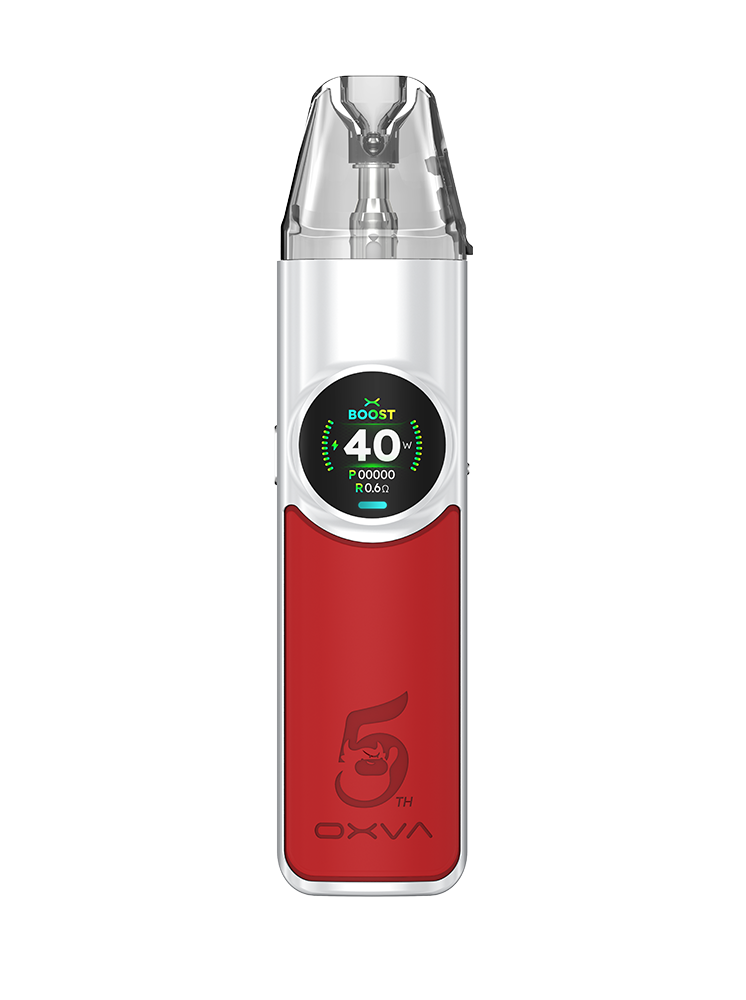Dengan vape menjadi semakin popular, wajar untuk tertanya-tanya: Bagaimana pula dengan wap terpakai? Walaupun kebanyakan perbualan mengenai vape tertumpu pada kesan langsungnya kepada pengguna, kita juga harus mempertimbangkan apa yang dimaksudkan untuk mereka di sekeliling kita. Sama seperti asap terpakai daripada rokok tradisional, wap terpakai patut diberi perhatian, terutamanya bagi mereka yang mungkin terdedah secara kerap.
Apa Sebenarnya Vapor Bekas?
Wap terpakai ialah aerosol yang dihembus oleh vaper apabila menggunakan e-rokok atau peranti vape. Tidak seperti asap rokok, yang diperbuat daripada tembakau yang dibakar, wap ialah campuran air, nikotin, perasa dan bahan kimia lain yang berbeza-beza bergantung pada peranti dan e-cecair yang digunakan.
Anda mungkin berfikir, "Nah, ia hanya wap—sejauh mana ia boleh menjadi?" Sebenarnya, walaupun ia kurang berbahaya daripada asap rokok, ia tidak sepenuhnya tidak berbahaya. Wap boleh mengandungi bahan seperti nikotin, sebatian organik meruap (VOC) dan juga kesan logam berat, yang semuanya boleh menjejaskan orang di sekeliling anda.
Betapa Memudaratkan?
Jadi, adakah wap terpakai berbahaya? Berbanding dengan asap terpakai daripada rokok, risikonya lebih rendah, tetapi ia masih wujud. Berikut adalah beberapa komponen utama yang mungkin menimbulkan kebimbangan:
-
Nikotin: Walaupun dalam wap, nikotin boleh memudaratkan. Ia ketagihan, dan pendedahan jangka panjang—terutamanya untuk kanak-kanak atau wanita hamil—boleh membawa kepada masalah perkembangan.
-
VOC: Ini adalah bahan kimia yang boleh merengsakan paru-paru dan, lama kelamaan, mungkin membawa kepada masalah pernafasan. Walaupun vape tidak menghasilkan sebanyak VOC seperti merokok, sesetengah e-cecair masih boleh melepaskannya.
-
Zarah Kecil: Wap mengandungi zarah-zarah kecil yang, apabila disedut, boleh merengsakan paru-paru. Bagi orang yang mempunyai keadaan seperti asma, ini boleh menjadi masalah terutamanya.
-
Logam Berat: Kajian telah menemui sejumlah kecil logam seperti plumbum dan nikel dalam wap e-rokok. Ini mungkin datang daripada gegelung pemanas yang digunakan dalam peranti.
Walaupun komponen ini hadir dalam jumlah yang jauh lebih rendah daripada asap rokok, itu tidak bermakna kita harus mengabaikannya—terutamanya jika anda melakukan vape di dalam rumah atau di sekitar individu yang sensitif.
Siapa Paling Berisiko?
Sesetengah orang lebih terdedah kepada kesan wap terpakai berbanding yang lain. Berikut ialah kumpulan utama yang perlu anda ambil perhatian:
-
Kanak-kanak: Kanak-kanak kecil lebih terdedah kepada masalah pernafasan dan badan mereka yang sedang berkembang sangat sensitif terhadap nikotin.
-
Wanita Hamil: Pendedahan nikotin semasa mengandung boleh memberi kesan berpanjangan pada janin yang sedang berkembang.
-
Orang yang mengalami Masalah Pernafasan: Sesiapa yang menghidap asma, COPD atau keadaan yang serupa mungkin mendapati simptom mereka bertambah teruk apabila terdedah kepada wap terpakai.
Bagaimana Anda Boleh Meminimumkan Pendedahan?
Jika anda melakukan vape, atau menghabiskan masa dengan orang yang melakukannya, adalah baik untuk mengambil langkah untuk meminimumkan kesan wap terpakai kepada orang lain. Berikut adalah beberapa cara mudah untuk melakukannya:
-
Vape di ruang terbuka atau berventilasi baik: Jika anda berada di dalam rumah, pastikan kawasan itu mempunyai aliran udara yang baik untuk mengurangkan pengumpulan wap.
-
Berhati-hati dengan siapa di sekeliling: Elakkan vape berhampiran kanak-kanak, wanita hamil atau orang yang mempunyai masalah kesihatan yang boleh terjejas.
-
Pertimbangkan pilihan yang lebih rendah nikotin atau bebas nikotin: Mengurangkan nikotin dalam e-cecair anda boleh membantu mengurangkan risiko yang berkaitan dengan pendedahan terpakai.
Walaupun wap terpakai tidak berbahaya seperti asap terpakai tradisional, ia juga bukan sesuatu yang boleh diabaikan sepenuhnya. Berhati-hati dengan tabiat vape anda, terutamanya di sekeliling orang lain, adalah penting untuk memastikan semua orang kekal selamat. Vaping secara bertanggungjawab, dengan kesedaran orang di sekeliling anda, membantu meminimumkan potensi risiko.


